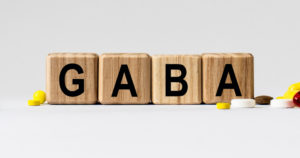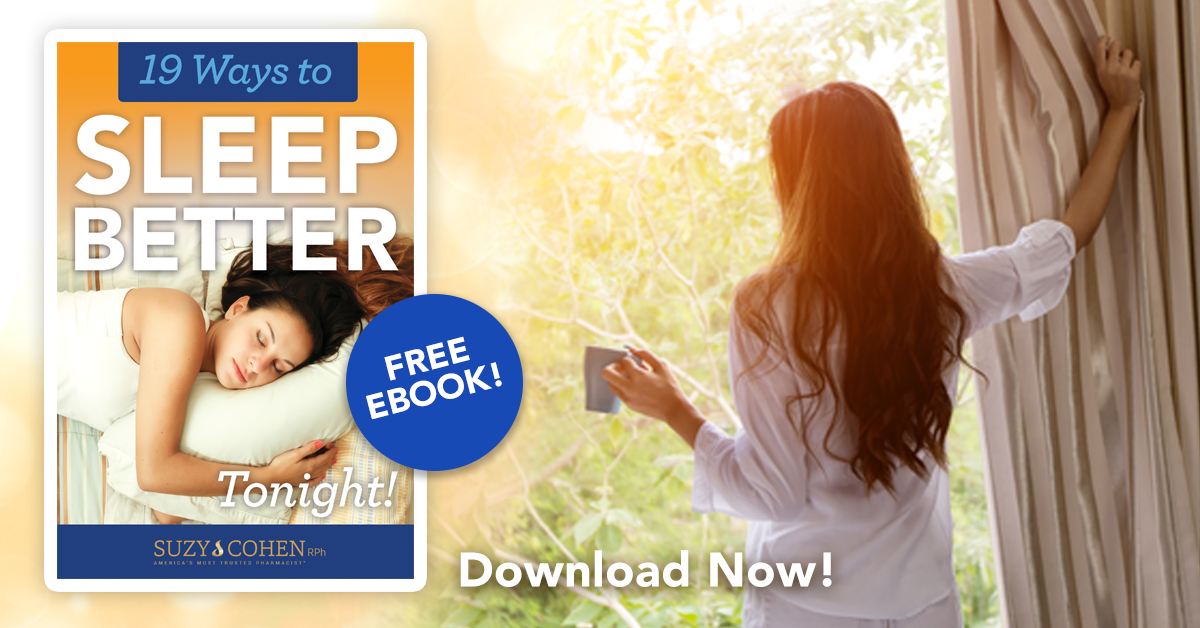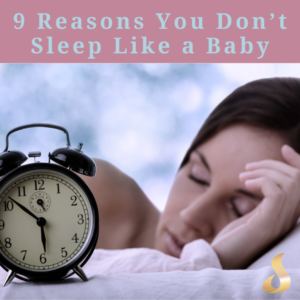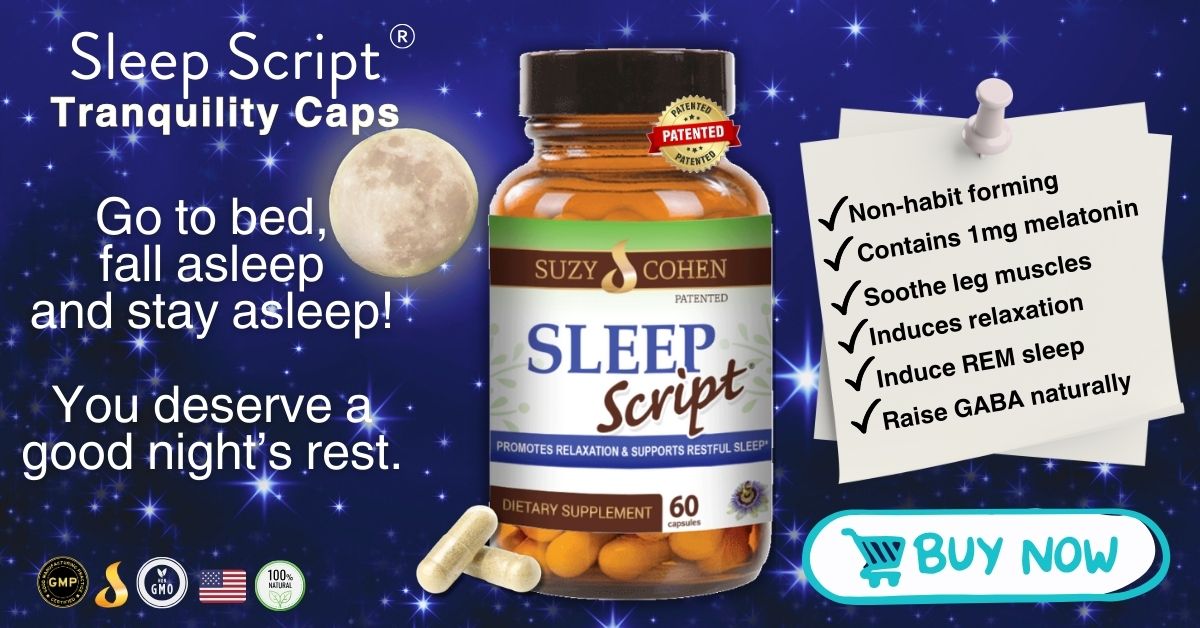What's On This Page?
ToggleThe news cycle is buzzing again – this time about Ambien, and speculation around its use before a high-stakes political debate. I won’t wade into politics, but it’s a good opportunity to share the facts about this powerful little sleep aid.
Roughly 1 in 25 U.S. adults used a prescription sleep aid in the past month, and the numbers climb with age. In fact, use tripled among young adults between 1998 and 2006. Women lead the pack at 5%, compared to 3.1% of men. And if you’re sleeping fewer than 5 hours a night, you’re in the group most likely to reach for a pill.
Ambien (zolpidem) is a prescription drug classified as a sedative-hypnotic. It’s not a benzodiazepine, like alprazolam or clonazepam, but it behaves a bit like one. It enhances GABA, your brain’s “chill out” neurotransmitter. Think of it as flipping off the light switch in your brain so you can sleep. It’s fast-acting—so fast that if you’re not already in bed when it kicks in, you could hurt yourself.
When it comes to jet lag, Ambien can be helpful for a few nights after crossing time zones. But it should be stopped once your internal clock resets – typically within two or three days of returning home. According to prescribing guidelines, Ambien is safest when used for about 10 days, maybe a few weeks at most under medical supervision. But in reality, many people end up taking it for months – or years.
While Ambien isn’t classified as physically addictive the way opioids or benzos are, it can still lead to psychological dependence.
Your brain may start to associate sleep with the pill itself, making it harder to rest or sleep without it.
The medication can cause tolerance, memory lapses, dependence, and impaired coordination. Sleepers should never be mixed with alcohol or taken before driving—or doing anything that requires a sharp mind or steady hand. These meds can unleash some bizarre side effects.
People have cooked full meals in the wee hours, driven miles without memory of it, sent regrettable texts, or posted online in ways they wouldn’t dream of while awake. Sleepwalking and other parasomnias (activities done while not fully conscious) are well-documented risks of sleeping pills.
Another surprising culprit? Diphenhydramine, the antihistamine found in Benadryl and many OTC nighttime sleep aids. It’s been linked to parasomnias like sleepwalking, confusion, and next-day grogginess – especially in older adults.
What’s Actually Going On in Your Brain When You Sleep?
Natural sleep is a beautifully choreographed dance between neurotransmitters, hormones, and your circadian rhythm. Melatonin gently signals your brain that it’s time to rest. GABA (Gamma-aminobutyric acid) helps slow down neural activity, reducing levels of anxiety and preparing your body to sleep. Serotonin, CORTISOL, and even insulin get their say in the process.
I recently wrote an article that you might want to read after this one: The Hidden Role of Cortisol: Why You’re Still Tired After 8 Hours of Sleep.

Ambien artificially boosts GABA, but it doesn’t give you true restorative sleep. It helps you fall asleep faster, but may reduce the amount of deep, slow-wave sleep and REM sleep, the phases where your body and brain truly repair and rejuvenate. I joke around with friends and have called it a ‘chemical brick to the head’ because that’s the best way I could describe it, and other sleepers.
So while you may be unconscious for 7 hours, it’s not the same as waking up refreshed. There’s no restorative sleep cycles, or if there is, it’s greatly reduced.
Common Myths About Ambien and Sleep Aids
Let’s bust a few bedtime myths:
-
Myth: “If it’s FDA-approved, it’s safe long-term.”
Truth: FDA approval means it’s safe when used as directed, not indefinitely. Ambien is meant for short-term use. -
Myth: “Ambien puts me into natural sleep.”
Nope. It helps you lose consciousness. But sleep architecture—the delicate structure of your sleep cycles—often suffers. -
Myth: “I’ll know if I do something weird in my sleep.”
Not always. That’s the scary part. Parasomnias can occur without any memory of the event.
Real Stories from the Night Shift (aka Sleepwalking)
One of my readers told me she used Ambien during a stressful time. She was baking muffins at 3 am, and had no recollection of it. Her roommate clued her in after stepping on flour in the hallway. Another said she texted her ex, then ghosted herself with confusion the next day. (Hey, no judgment.) And then there’s Sam, my husband – he’s allowed me to share this funny story.
He tried Ambein in 1997 I think, for a few weeks to help with headache pain/insomnia, but weird things happened. After a night what he thought was ‘sleeping’ he’d wake up in the morning, get dressed for work, and go into the kitchen. There he would find pots, pans and plates with things like cooked eggs, buttered toast and other food items there. He realized he was ‘sleepwalking’ and making these meals (without any memory of it), and so he tapered off the med and threw it out.
I’ve never tried Ambien myself, not even once (like to understand it better so I can write you a better blog), I just don’t like to lose control over my mind and these sedative hypnotics aren’t meant for recreational use!
These aren’t just crazy anecdotes, they’re red flags. If you find peanut butter on your pillow or your car parked sideways in the driveway, it’s time to rethink your sleep strategy.
If headaches keep you up, consider my book, HEADACHE FREE: Relieve Migraine, Tension, Cluster, Menstrual and Lyme Headaches.
Coming Off Ambien: Do It Gently
If you’ve used Ambien longer than intended, tapering off is critical. Quitting cold turkey could lead to rebound insomnia, irritability, or even anxiety. Always consult with your doctor before stopping or changing any medication.
In some cases, a gradual reduction over a period of months may be needed, especially if use has become habitual. During the transition, support your brain’s natural sleep chemistry with gentle herbs, calming nutrients, and solid lifestyle habits (we’ll get to those below). While not a benzo drug, I think you should read this article next (if you’re considering tapering): Benzodiazepines: Dangers and Lies.
Suzy’s Sleep Sanity Checklist
If you’re tossing and turning (or tempted to take another pill) try these simple but powerful steps:
-
🌙 Keep bedtime consistent—even on weekends
-
🔕 Avoid screens and blue light 1–2 hours before bed
-
🧂 Don’t eat a heavy or salty dinner
-
🛁 Take a warm bath or do a lavender foot soak
-
📖 Read something light (no murder mysteries)
-
🍵 Sip chamomile, lemon balm, or reishi tea (Reishi Mushroom Power – The Plant of Immortality)
-
🧘♀️ Try deep breathing or progressive muscle relaxation, consider a sound machine
These are boring. That’s the point. Your brain loves “boring” at bedtime.
Natural Sleep Solutions That Actually Work
I’m not here to throw shade on Ambien or any medication—they have their place when used wisely. But if you’re looking for a gentler way to support sleep, I created Sleep Script, a patented herbal blend with calming botanicals like lemon balm, passionflower, and chamomile, plus 5-HTP, melatonin, and theanine. Together, they gently nudge your brain toward rest, without turning you into a midnight zombie chef.
Other helpful nutrients include:
-
Magnesium glycinate – relaxes muscles, calms the nervous system
-
Glycine – may improve sleep quality when taken before bed
-
CBD – may ease anxiety-driven insomnia
-
Vitamin B6 – supports serotonin and melatonin production
Steer clear of overly high doses of melatonin or combo products with stimulants hidden inside.
Holistic Tricks That Seem Weird (But Work)
Here are a few less conventional ideas worth trying but I like them:
-
Tape your mouth (yes, really) – promotes nasal breathing and reduces nighttime waking
-
Acupressure on the Heart 7 point (inner wrist) – seems to help calm racing thoughts
-
Weighted blanket – stimulates serotonin and eases restlessness, just make sure the weight is correct. If it’s too heavy, it feels oppressive
-
Binaural beats or pink noise – can coax your brain into deeper, delta-wave sleep. But if you try this, ease in slowly. I knew a public figure and youtuber who tried this post-clonazepam withdrawal, and it overstimulated his nervous system – what we call “kindling” in pharmacology. More isn’t always better, especially when your brain’s healing so if you try this, just short bursts of it if you have a history of benzo use. Read my other article, Benzodiazepines: Dangers and Lies.
These tricks may not work for everyone, but when they do, they work like magic.
When Sleep Trouble Means Something Bigger
Insomnia isn’t always just “bad sleep habits.” It can be a symptom of deeper imbalances:
-
Low progesterone or estrogen swings, read this: The Estrogen-Thyroid Connection: Suggested Tests for Better Health
-
High cortisol or adrenal fatigue
-
Thyroid issues (especially hyperthyroidism or Hashimoto’s): 4 Ways to Differentiate Between Hashimoto’s and Hypothyroidism
-
Gut inflammation or dysbiosis
-
Anxiety, depression, or trauma
As a holistic pharmacist, I believe your body whispers before it screams. Sleepless nights are sometimes whispers telling you something deeper is off.
Final Thoughts: Let’s Rethink Rest
Sleep is sacred. And while modern medicine offers powerful tools, sometimes your body craves a quieter, more natural path to rest. If you’ve ever woken up with car keys in your hand and no clue how they got there, it’s probably time to take a closer look at what’s helping (or harming) your sleep.
You deserve restful, restorative, memory-making (not memory-losing) sleep. And you can have it. Let’s help you sleep smarter, not harder.

Suzy Cohen, has been a licensed pharmacist for over 30 years and believes the best approach to chronic illness is a combination of natural medicine and conventional. She founded her own dietary supplement company specializing in custom-formulas, some of which have patents. With a special focus on functional medicine, thyroid health and drug nutrient depletion, Suzy is the author of several related books including Thyroid Healthy, Drug Muggers, Diabetes Without Drugs, and a nationally syndicated column.



